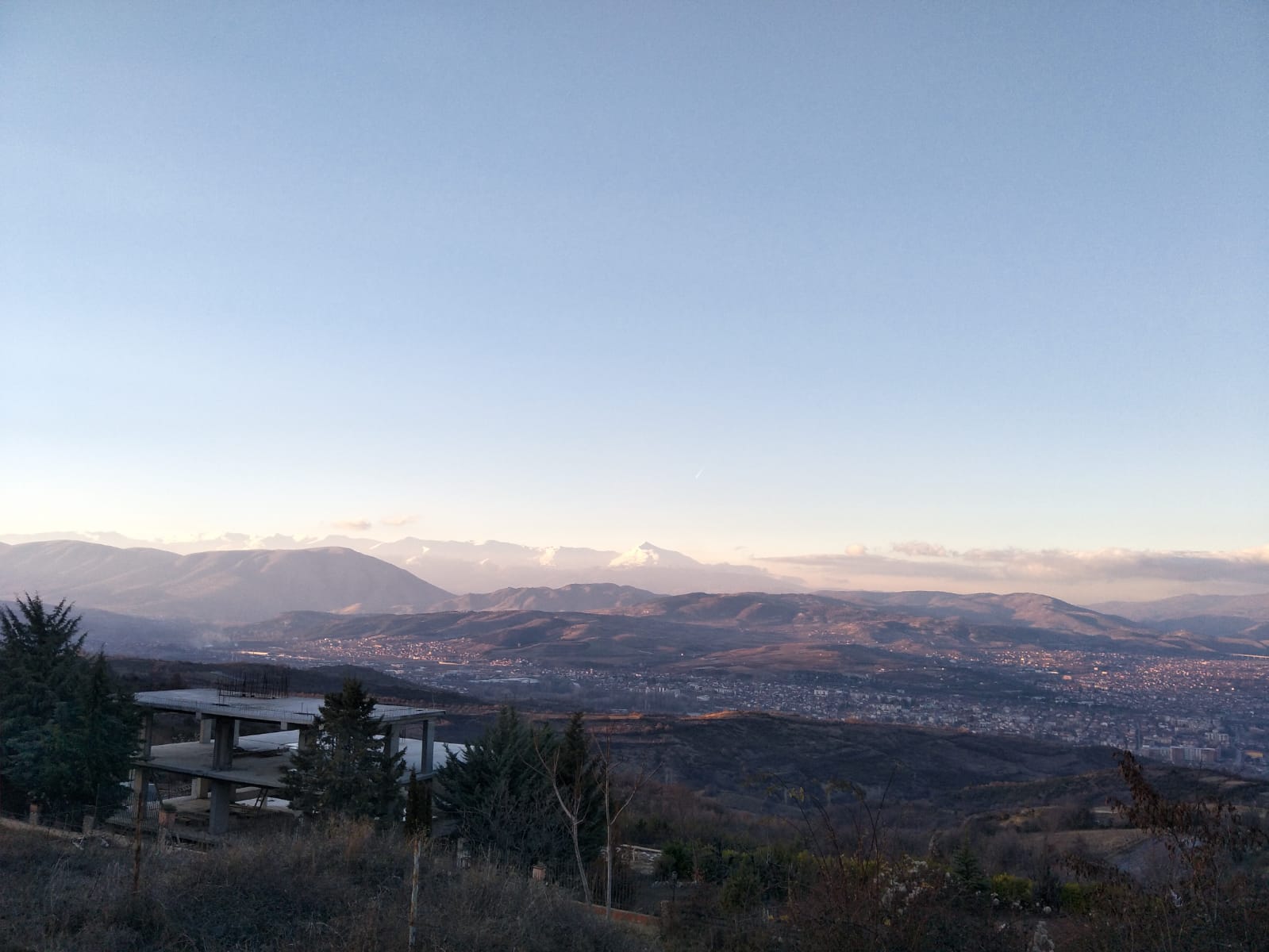The Balkans – Part 3
First of all, happy new year! We spend the last day of 2018 driving in our little rental car from Tirana, Albania to Skopje, Macedonia. Laura and Kirra were already used to the Balkan scenery, but still all of us were looking around in awe during the 6,5 hour drive (including stops). There is no lack of mountains in the Balkans, and when we were crossing the border from Albania to Macedonia we were treated with amazing views of Lake Ohrid, a big blue lake surrounded by snowy mountains. We had our car properly searched at the border, because two Aussie sheilas and one Dutch lad wanting to get into Macedonia in a Albanian car obviously should trigger some alarms, but the people at customs were super friendly and half an hour later we set foot in Macedonia. The drive to Skopje took us over multiple mountain ranges, some of which were covered in snow while others were covered in yellow and brown trees, making it look like it was still autumn.
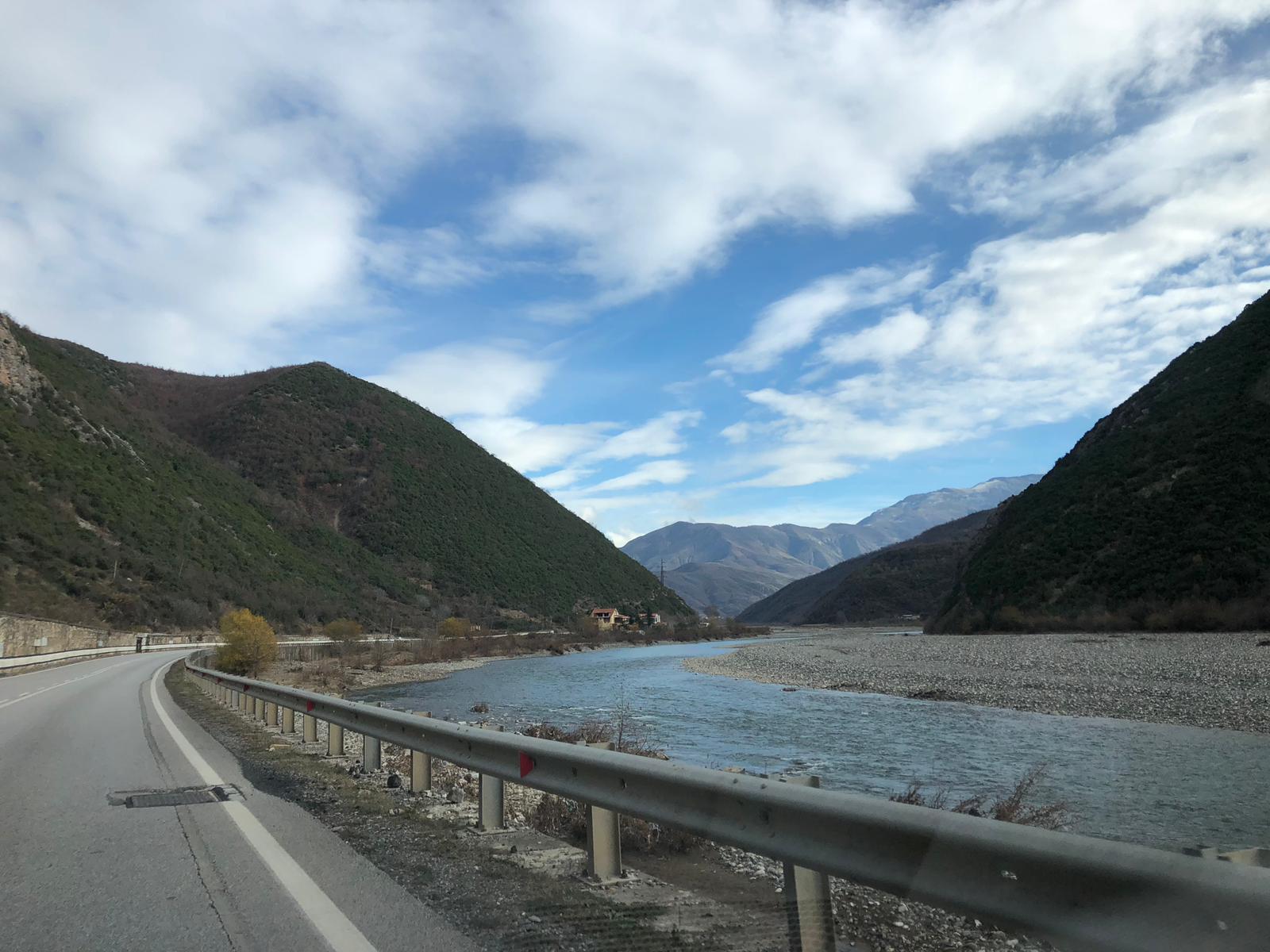
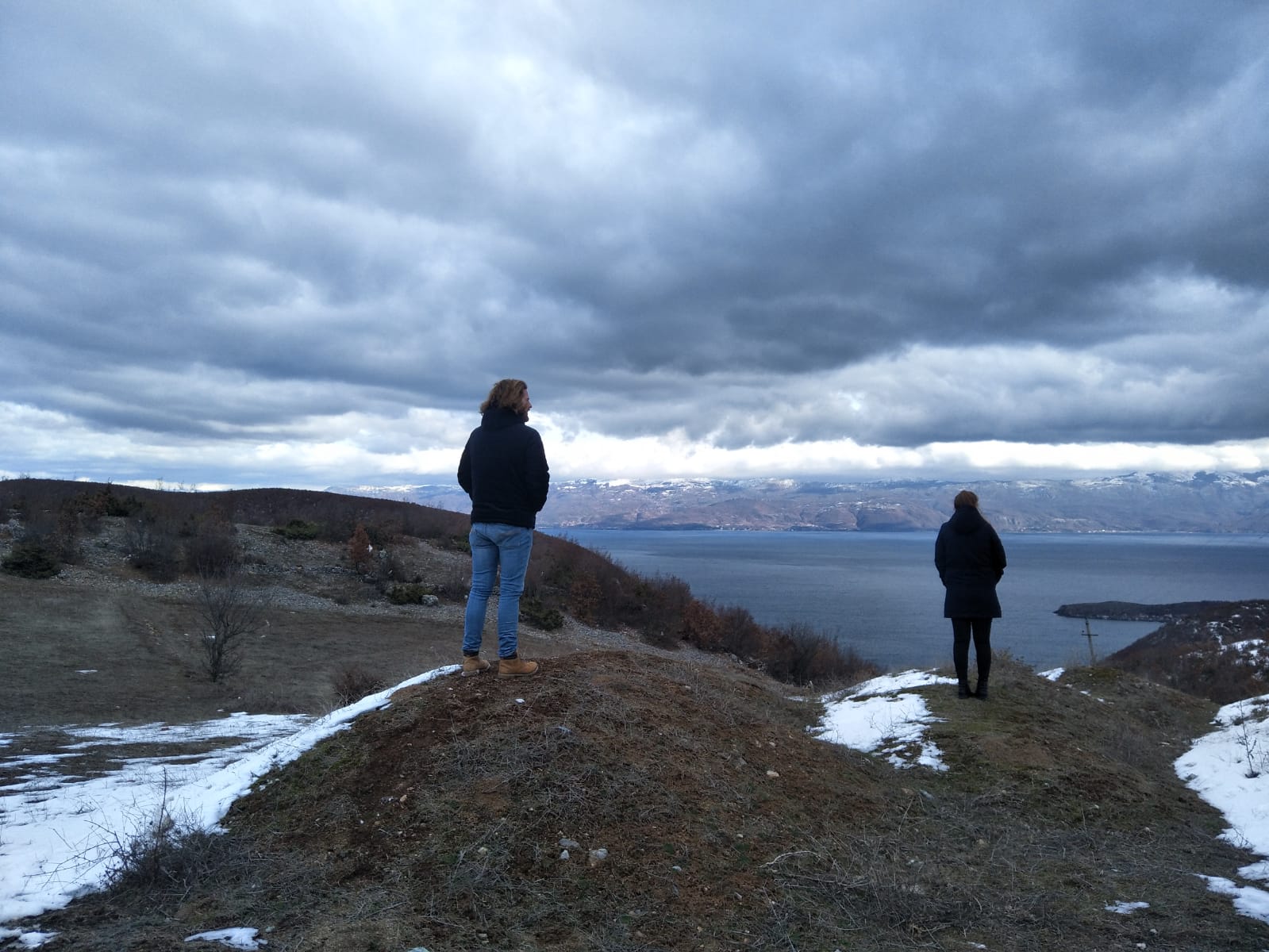
We celebrated New Years in Skopje by going out for a couple of beers and having dinner in a Macedonian fastfood chain. We got into a club where everyone was dressed super fancy (dresses, suits, you name it) so we kind of felt like we didn’t fit in, in our unwashed trashy travel clothes. We left the club at 11:30, just in time for the massive firework show that was about to go down at Macedonian Square. It lasted for about 10 minutes and it was huge; the whole city lit up under all the fireworks. After that, we all felt tired and slowly made our way back to the hostel, but not before buying some sparklers! We didn’t go out with a bang, but at least we got a good night of sleep!
[wpvideo mM0OGEvZ ]
2019! We visited Matka Canyon, which is a 30 minute drive from Skopje. It’s a massive canyon in the middle of the mountain with a big lake in it. There’s boat services operating on the lake to take you to a monastery or to the Velko caves. We opted for the caves and after a boat ride of about 45 minutes we arrived at the massive Velko caves which were really impressive. The caves are basically huge domes and at the deepest part that we could reach we found an underground lake. The artificial lighting inside the cave took away some of it’s magic, but it was still very impressive.
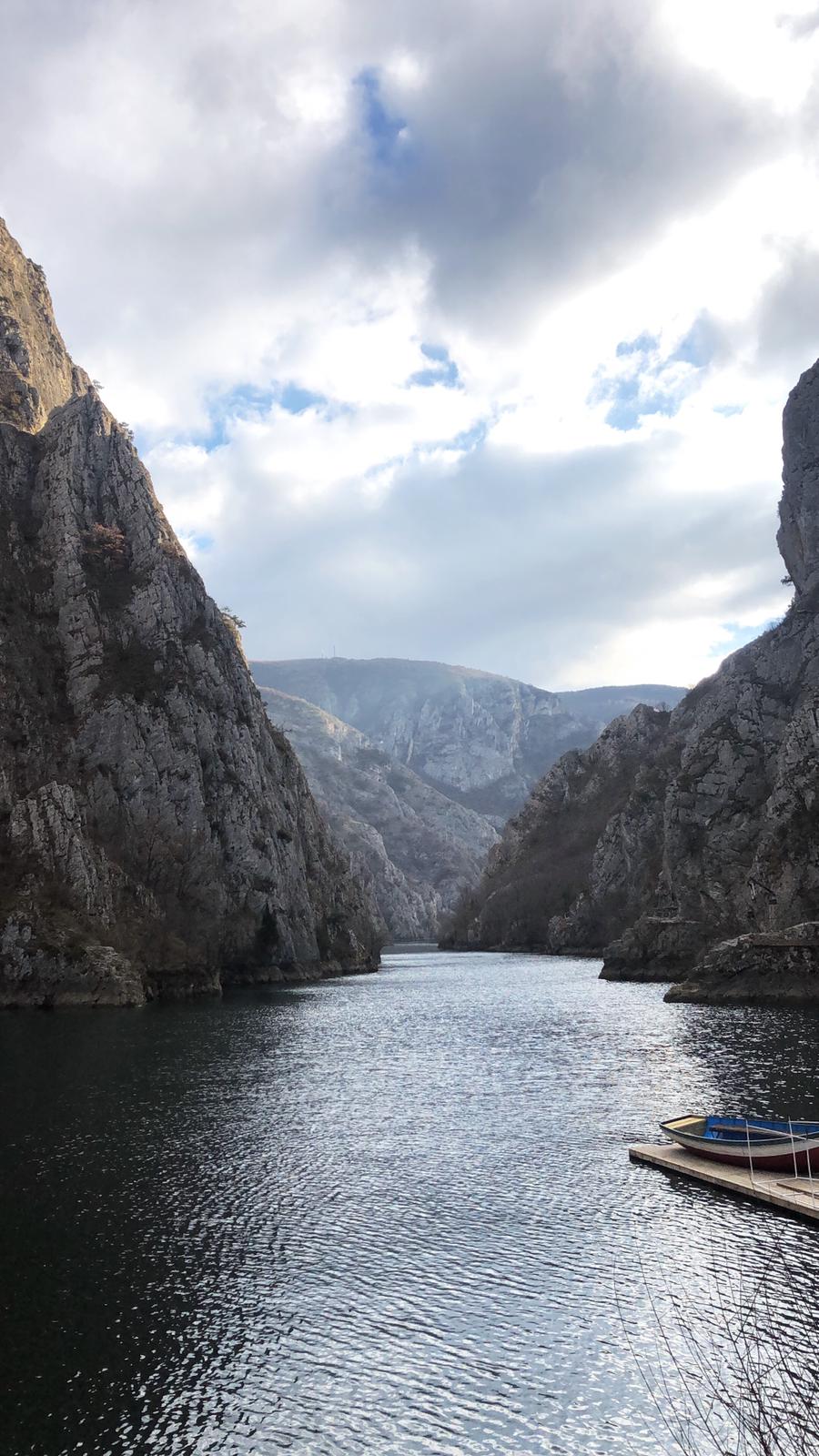

On the second day of the new year we drove to Bitola, a city in the south east of Macedonia, near the Greece border. Again, we found ourselves driving through the beautiful mountains of Macedonia, which were sometimes covered in a thin layer of snow and other times seemed to radiate a beautiful yellow-green glow. Macedonian infrastructure is under heavy construction, as we’ve seen multiple construction sites next to the existing roads. The interesting part is that all the construction sites have signs near them stating that the infrastructure projects are funded by the European Union. After doing some research, we discovered that Macedonia is trying to become part of the EU and in return they’re receiving 1.3 billion euros development aid from the EU that is meant to go to projects like infrastructure and sustainability.
Fun fact: the Republic of Macedonia is officially called the Former Yugoslavic Republic of Macedonia (FYROM) due to Greece not wanting Macedonia to be called Macedonia. The most northern province of Greece, the part bordering Macedonia, is also called Macedonia and there have been multiple naming conflicts over time that have caused Greece to assert their veto over Macedonia’s accession into the EU. So even though Macedonia has been trying to become part of the EU ever since 2004 and actually met all the criteria in 2014, they’re still not part of the EU. However, in 2018 Macedonia agreed to being called The Republic of North Macedonia, which caused Greece to drop their veto and Macedonia’s accession into the EU can now finally begin [source]. Both countries also claim to be the official birth grounds of Alexander the Great, having prompted Macedonia to build a huge Alexander the Great statue in the middle of Skopje to, well, stick it to Greece.
During the night time it started snowing quite heavily in Bitola and when we woke up the next day we discovered a beautiful snow covered city. After breakfast we went to look for a car shop, as the road conditions required us to have snow chains with us. The guy at the car shop was incredibly friendly, sharing with us that he has friends in Amsterdam and relatives in Australia and how much of a coincidence that was given all of our nationalities. After showing us a video of how to put the snow chains on the car tires, we ventured off towards Ohrid, the city overlooking the huge lake with the same name. After driving for a while, we pulled over to put the snow chains on, as the roads were completely covered in snow. Both the video and the instruction manual showed different snow chains than the ones we’d bought however, causing us to stop another car to help us out. Two friendly Albanian Macedonians of similar age helped us out by putting the snow chains on. We continued our drive while there was more and more snow covering the roads up until the point that we saw police cars pulling over trucks. We stopped next to one of the trucks to ask one of the police officers about the road ahead. Laura was eating chocolate in the back of our car and the truck driver saw this, and all of a sudden he started yelling at us in Macedonian. We were quite confused for a second, before realising that the truck driver wanted some of our chocolate! He was probably going to be stuck in the snow for a while, so obviously we gave him some chocolate! Further down the road, we saw a car speeding up the snowy slope basically sideways, as their rear tires struggled to have a grip on the road. We also saw a car that was heavily damaged on one side, indicating that they probably slipped of the road and crashed into something. We, however, felt save in our small car, protected by our newly bought snow chains. After we crossed the highest point on the way, the roads started to clear and we decided to take the snow chains off, only to find that we had only one left! The snow chain on our right tire had magically disappeared :’). Fortunately, the car was undamaged and we drove on for another 45 minutes whilst enjoying the wintery scenery before arriving in Ohrid.
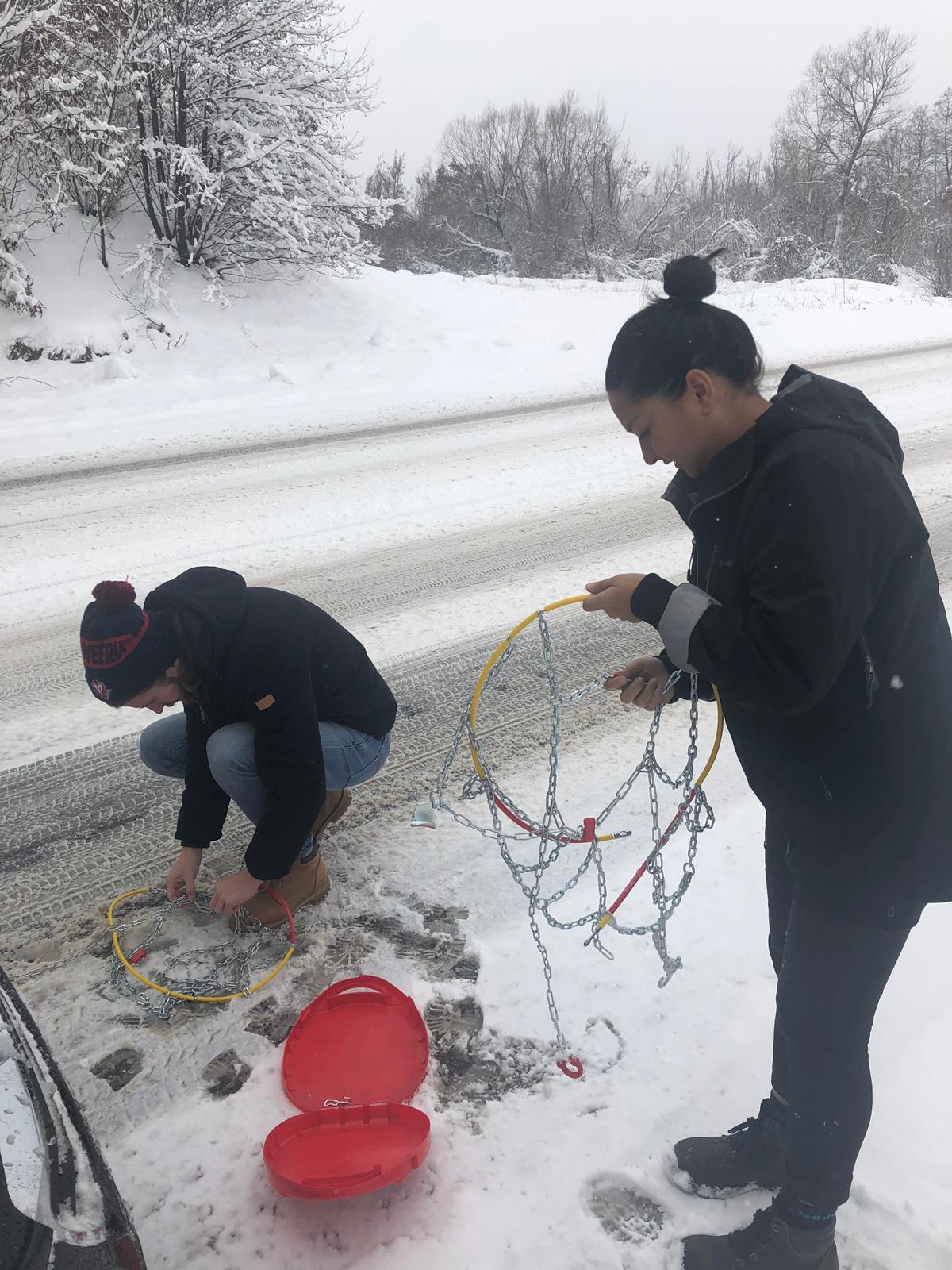
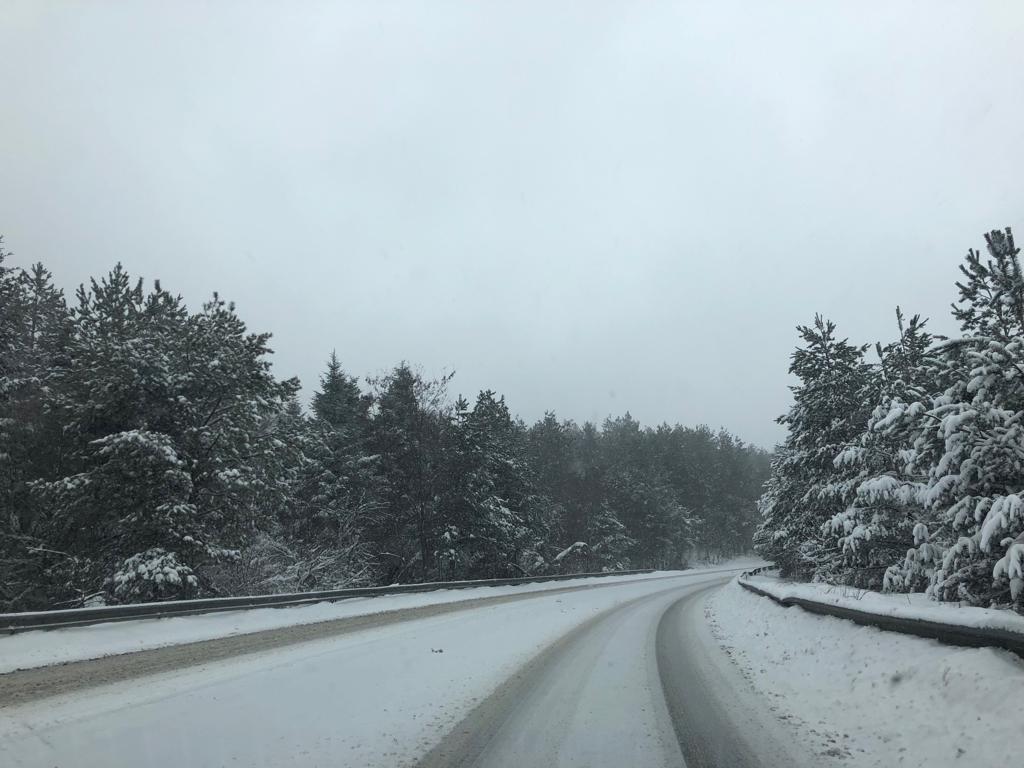
We spend the last two days of our Balkan adventures around lake Ohrid, taking in the magnificent views of the lake and the surrounding mountains. We visited the Ohrid Fort which offered some nice views of both the lake and the city, we had a super tasty diner at a place called Dr. Falafel, who, as you might have guessed, serves plates of falafel and we spend a lot of time reading/watching Friends/chilling as our trip was soon going to end. We had a late flight back from Tirana, Albania to Amsterdam on Saturday so we slowly made our way back towards Tirana that day. We took the cable car up mount Dajti in Tirana, which brought us to a height of 1050 meters, providing views over Tirana and it’s surrounding mountains. We stayed there until the sun had set, before finally driving to the airport and saying goodbye to our little rental car.
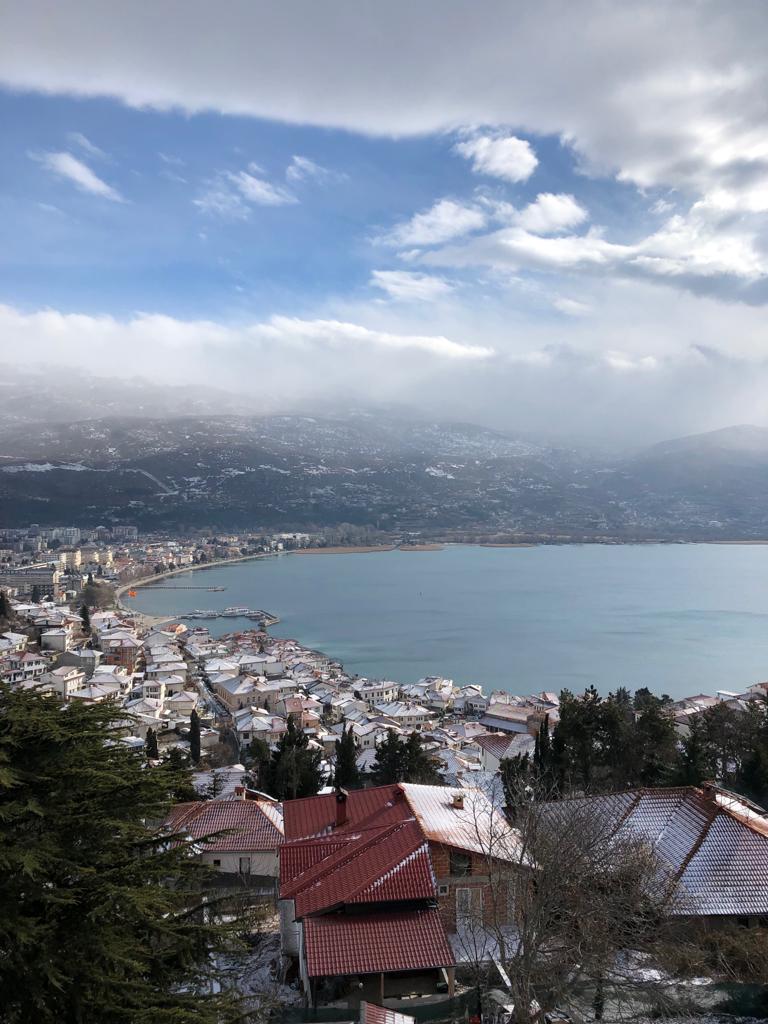
My main takeaway from this trip is that our history is way more recent, significant and deeply ingrained into us than I previously thought. The scars of the Balkan wars and communist regimes are clearly visible in its countries. And it all started because different ethnic groups with their own culture, language and history couldn’t be united (at least, not for a long period of time). But if you look further back in history, you can also clearly see traces of the Ottoman, Byzantine and Roman empires in the Balkans, not just in physical stuff like its architecture but also in the cultures of each ethnic group. I have never identified myself with a specific ethnic group, thinking that we’re all humans and history shouldn’t matter when you’re dealing with people in the presence, as long as everyone is treated equally. However, this is not the case for a majority of people, who still feel very strongly connected to their ethnic groups and their histories, up to a point that they think it’s a cause worth fighting for, as we’ve seen during the Balkan wars. I now better understand how relevant this is when governing countries, creating policies and dealing with people of different backgrounds.
Another main takeaway is that I really want to go hiking in the Balkan mountains in summer (to end this blog in a more light note!).
I hope you had a wonderful first week in 2019 and we’ll be back soon with new posts as we will be moving to Prague next week!

